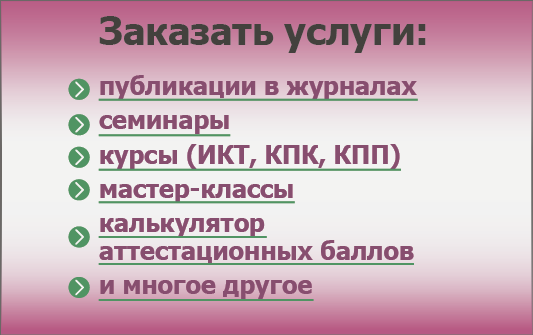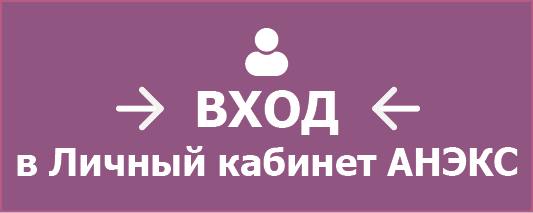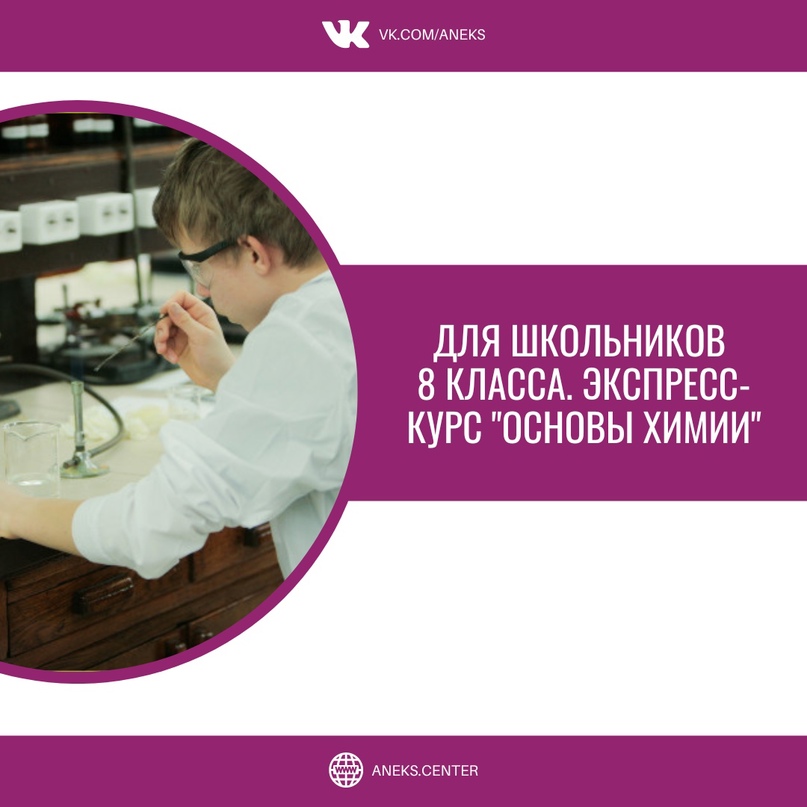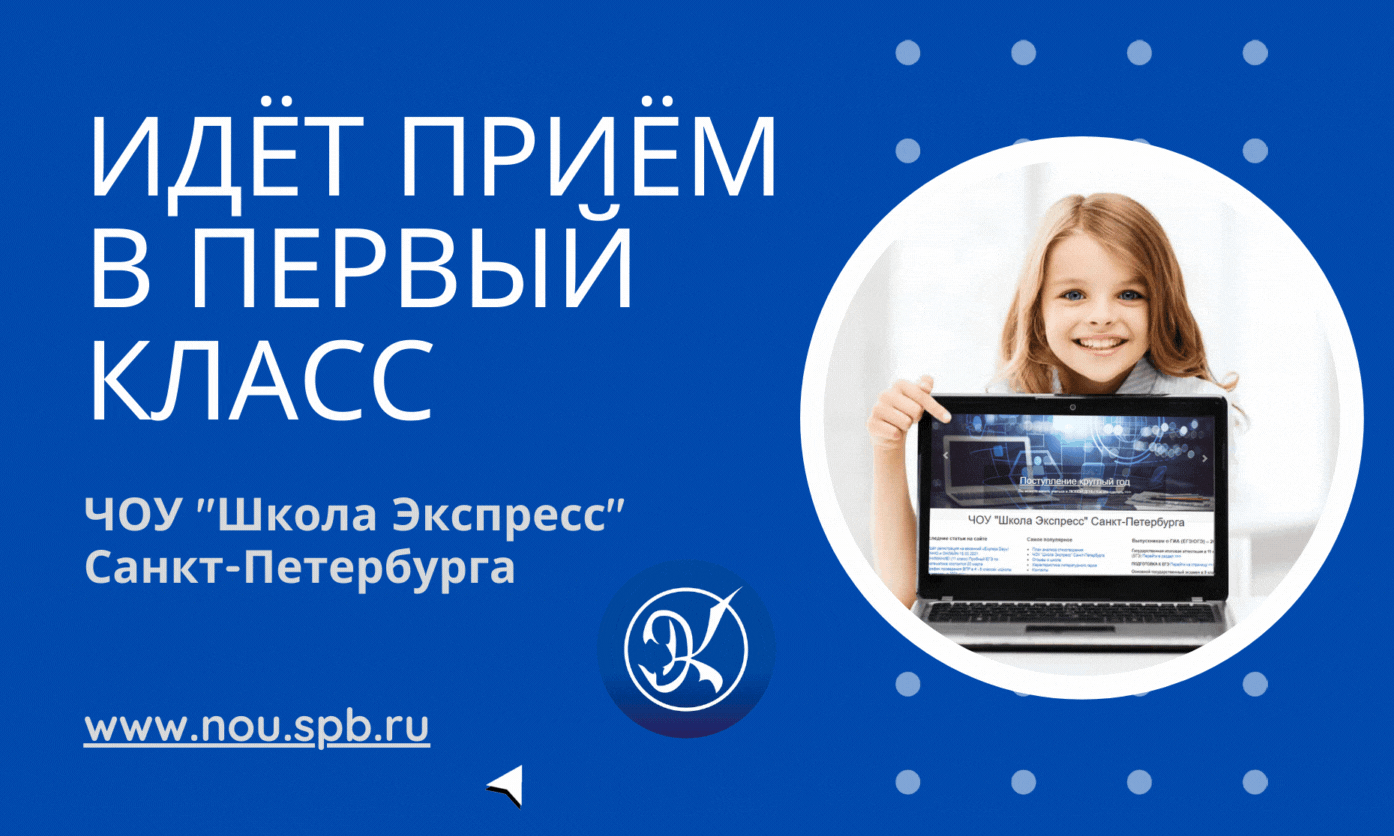Методическая разработка к курсу
Гиды-переводчики по Санкт-Петербургу. Английский язык
Алефиренко Ася Евгеньевна
Курс «Гиды-переводчики по Санкт-Петербургу. Английский язык.» рассчитан для учащихся 8-9 классов школ с углублённым изучением английского языка и охватывает историко-краеведческий материал, обучение составлению и проведению экскурсии.Данная разработка сделана к теме «Карта достопримечательностей и транспорт в Санкт Петербурге».
Занятие 1. Изучение текста Санкт-Петербург. Обзор основных достопримечательностей. Поисковое чтение. Задача учащихся – выбрать наиболее интересные достопримечательности и определить их местонахождение. Подписать объекты на карте. (Задание 1)
Занятие 2.( Работа с лексикой текста. Перевод и систематизация лексики.
Работа со словарем. ( Задание 2.)
Занятие 3. Составление текста экскурсии. Составление опорных вопросов по ключевым словам. (Задание 3.) Составление плана экскурсии и собственного текста согласно выбранному маршруту.
Занятие 4. Транспорт в Санкт-Петербурге. Работа с текстом «Транспорт в Санкт-Петербурге». Чтение с полным пониманием. (Задание 4) Перевод фраз на английский язык, проверка понимания, воссоздание текста-заполнение недостающей информации, ответы на вопросы к тексту, составление предложений, используя предложенные фразы.
Формы организации работы обучающихся: творческие группы, пары, индивидуально.
В конце изучения темы, обучающиеся представляют свой обзорный маршрут по Санкт-Петербургу.
City Tour
Saint Petersburg is one of the youngest European cities. It was founded on May 27, the Russian emperor, Peter the Great. The central area of the city hasn’t changed much since the 19th century and is a UNESCO World Heritage Site. Let’s begin our pedestrian city tour.
Now we are on Saint Isaac Square. In front of you stands the monument to Nicolas the First, the Russian czar /za:/. It was created by the outstanding sculptor Peter Klodt in 1859. The many- tonne bronze figure rests on two points of support. (Marble and granite was used for the pediment.)
The ensemble of the square includes the Astoria Hotel and the Mariinsky Palace built by the architect Schtackenschneider for Maria, the eldest daughter of Nicolas I, in 1839-1844. Nowadays the palace houses the Legislative Assembly of Saint Petersburg.
In front of the Mariinsky Palace you can see the Blue Bridge. Its width is 100 metres. The bridge owes its name to the original colour of its metal structures.
On the left of you there is the Astoria Hotel. It is a five star hotel. It was built by the architect Ladval in the early 20 th century.
Now look at Saint Isaac Cathedral. The first wooden Cathedral dedicated to Saint Isaac of Dalmathy was built in 1710. The cathedral was designed by the French architect August de Montferrand. Its construction began in 1`818 and lasted 40 years.
It’s the fourth largest cathedral in the world. Its height is 101.5 metres, its capacity is 14,000 people. Each of the granite columns weighs 114 tones. The giant dome is 25 metres in diameter. It is the largest gold dome in the world. Frescoes were created by outstanding Russian artists. In 1928 the cathedral was turned into a museum. The regular services were reintroduced in 2002.
Let’s go into the cathedral and then climb up the observation/viewing platform near the
Now we are on Senate square. The huge buildings of Senate and Synod lined the eastern side of the square. They are linked by a tall arch. It is the last creation of the greatest Russian architect Carlo Rossi. The complex was erected in 1830s. The buildings housed the Ruling Senate and the Ruling Holy Synod (spiritual power). Now the buildings house the library of historical and political literature named after Eltsyn.
The Horse Guards Manege was put up at the beginning of the 19th century (1804-07) to a design by Quarenghi (for the Horse Guards Regiment - полк). Near the building stand copies of ancient statues of Disocuri (Дискуры). At first the building was employed for horse training, later it was a concert hall (in 1880s Johann Strauss performed there). Now the building is an exhibition hall.
A monument to Peter the First was unveiled in 1782. (Seeking to take the legal place in the line of the Russian monarchs, Katherine the Great declared herself as the follower of the activities of Peter the Great.) The superscription on the pedestal says “Katherine the Second to Peter the First”. (The monument was the first sculptural memorial in Russia.) Catherine the Great invited French sculptor Falconet for the creation of the monument. The sculptor worked on the monument for 12 years. His young pupil and lover Marie Collot moulded the head.
The monument is known as the Bronze Horseman after Pushkin‘s poem with the same name.
The statue is balanced on three supports, the hind legs of the horse and a snake. The snake under the hoof of the horse symbolizes Sweden that was defeated by Russia in the North War.
A rock for pedestal was found near the city. It weighed about 1600 (six hundred) tons.
Placed in a spacious square surrounded by stately building the monument symbolizes the might of young Russia, ( its daring spirit, will and inspiration.) It has long become one of the emblems of the city.
(From 1918 to 2002 the square was named Decembrists’ Square
The building of the Admiralty is a part of Nevsky prospect ensemble to which it is oriented its central tower. The tower is crowned with a golden spire. Its height is 72 metres. The spire, Admiralty’s needle, is topped by a golden weather-vane in the shape of a small sail warship.
The history of the Admiralty goes back to the shipyard founded by Peter I in 1704. Under Alexander I( between 1806 and 1819) so-called Admiralty House was rebuilt by the architect Adrian Zacharov( sculptors Pimenov and Demuth-Malinovsky). Nowadays the Admiralty belongs to the Russian Navy. (военно-морской флот)
The Admiralty is surrounded by Alexandrovsky garden. In the garden there is a fountain, some busts of famous people and the monument to the great traveller Przhevalskiy.
The three main squares of the city- Palace, St Isaac, Senate Square- spread at the a embankment of the Neva River in the historical centre of the city.
The ensemble of Palace square includes the Buildings of the Winter Palace and the building of the General Staff. The Winter Palace was constructed by Bartolomeo Rastrelli, master of baroque style (the best architect of the reign of Elizabeth, a daughter of Peter the Great). The length of the building is about two kilometers. Until 1917 the palace (with its 1500 rooms) remained the main imperial residence. In 1922 it became the part of the State Hermitage Museum.
Now let’s go to the building of the New Hermitage. The building was aimed at storing and exhibiting of the art collections (and built in 1839-1852 according to the project of Munich architect Leo von Klenze). The entrance is decorated by the portico with 10 granite Telamons/Atlantes five metres high (sculptor Terbenev).
The granite Alexander Column was erected in 1829-1834 (on the order of Nicolas I0 as a monument to Alexander I. (It is one of the largest monuments in the world.) The height of the structure is 47.5 metres. (It rests on its pediment merely by its weight.) The column is crowned with a 6-metres figure of an angel (sculptor Orlowsky).
The great architect Karlo Rossi completed the square by constructing on it the rounded General Staff Building. The length of the building is about 300 metres. It is made unique by its Triumphal Arch crowned with the Chariot of Glory ( sculptors Pimenov and Demuth-Malinovsky.) The chariot is a symbol of Russia’s victory over Napoleon. Now the building is a part of the State Hermitage.
Now let’s go under the Triumphal Arch to Nevsky Prospekt. Nevsky Prospekt is the main street of the city. Its ensemble formed for two centuries. It stretches for 4.5 kilometres and links the Admiralty and the Saint Alexander Nevsky Monastery.
Now we have gone over the Green Bridge. In front of you stands the Stroganov Palace. It was constructed by Rastrelli in baroque style in the middle of the 18th century. The Stroganovs were very rich merchants, later they were raised to the rank of baron. Nowadays the building is a branch of the Russian State Museum.
Let’s go along Nevsky Prospekt. Churches and cathedrals are part of the city’s architectural heritage. Side by side with traditional orthodox churches there are churches of different nationalities. On the opposite side of the prospect you can see the Lutheran Church (of Saint Peter, architect Alexander Brulov).
In front of you there is the Kazan Cathedral, the only Orthodox Church in Nevsky Prospect. It is a masterpiece of Russian Classicism and one of the largest churches in our country (71.6 metres high, 72.5 metres long, the dome 17.1 in diameter). The design of the cathedral was worked out by Andrei Voronikhin, a former serf of Stroganov.
The monumental colonnade consists of 96 columns in four rows. Each column is 12.37 metres high. The construction looks like St’s Peter Cathedral in Rome. The entrance door is a copy of the door created by the Italian sculptor Lorenzo Giberti for the Baptistery of Florence and known as “The Gates to Paradise”.
In 1811 the cathedral was consecrated (освящен). (The cathedral became a sort of monument to military glory. There you can see French banners, standards and keys cities captured during the war against Napoleon.) . For a long time the cathedral housed the Museum of the History of Religion and Atheism, but in 1991 it has been returned to believers.
In front of the building there are monuments to the general Barklay de Tolly and Mikhail Kutuzov, the Commander-in-Chief of the Russian Army in the war against Napoleon (sculptor Orlowski, 1837). In 1813 Kutuzov was buried in the cathedral.
The Church of Saint Catherine was built in 1760s (architect Vallin de la Mothe) for the city catholic community.
Opposite the cathedral you can see the building which was put up in the early 20 th century for the American Zinger Company that produced sewing machinre (architect Pavel Suzor). Nowadays it is the city’s biggest bookshop- Dom Knigi.
Let’s cross the street and go along Griboedov Canal, formerly Ekaterininsky Canal. The engineer Griboedov made the project of the canal. (It was formed as a result of straightening the winding Krivusha River.) The Cathedral of Resurrection, known as “The Savour –on –the-Spilt-Blood”, was put up on the site where Emperor Alexander II was mortally wounded by terrorists on 1 March 1881. The construction and decoration of it took about a quarter of a century. It was consecrated in 1907- in the reign of Nicolas II.
The domes of the cathedral are adorned with jewelry enamels . In the interiors of the cathedral mosaics cover the walls. The area of mosaics is 7,000 square metres. The mosaic complex is the largest in Orthodox architecture. About twenty different kinds of semi-precious stones were employed for the inner decoration.
The cathedral has a chapel which indicates the place where Alexander II was killed.
Along the canal stands the Benois Block, one of the buildings of the Russia museum.
(The short Michailovskaya Street leads from Nevsky prospect to Art Square. It is formed by two buildings: the Grand Hotel Europe and the large hall of St Petersburg Philarmonia (the former Assembly of the Nobility –зал дворянского собрания). Among those who stayed in the hotel were a lot of famous people: Lewis Carol, Marius Petipa and others.)
The general project of Art Square ((formely Mikhailovskaya Square) was worked out by the great architecture Carlo Rossi, a master of High Classicism, when he was designing the Mikhailovsky Palace. Now the palace is the main building of the Russian Museum. It was built in 1819-25 for grand duke (великий князь) Michail Pavlovich, a younger brother of Alexander I.
The”Alexander III Imperial Museum of Russian Art” was opened in the palace in 1898 Nowadays the museum owns the Engineer Castle, the Stroganov and Marble Palaces, the Benois Block. The museum boasts the collection of Russian icons, painting and sculpture from the 18th to the 20th century.
On the left of you stands the Michailovsky Theatre, the famous opera and ballet /’belei/ stage. On the right
there is the Russian Ethnographic Museum.
The monument to Pushkin on the square was put up in 1957 (sculptor Anikushin).
The Summer Gardens were laid in 1704 as a part of an estate of Peter the Great. They are the same age as the city. (The construction of the Swan Canal and the junction of the Moika River with the Fontanka River turned the estate into an island.) In the south-western corner of the garden was built the small two-storeyed Summer Palace in the Dutch style. The garden was adorned with statuary, mainly Italian. Nowadays the statues were replaced by copies. In the 1760s on the side of the Neva was erected a new garden railing (architect Yuri Velten). In 1856 the monument to the great fable writer Krylov (sculptor Peter Clodt ) was installed.
In the early 18th century near the Summer Gardens there was so called Empty Meadow, a place for promenades, fireworks, military exercises and parades. Under Paul I the meadow was renamed in the Field of Mars.
The Michailovsky Castle, the residence of Emperor Paul I, was built to a design by Vincenzo Brenna, Paul himself also contributed to a project.
The emperor moved into his new residence in February 1801, 40 days later he was killed in his bedroom by conspirators.
In 1820 the castle was given to the Engineering School, in which studied Fiodor Dostoevsky, a famous Russian writer. In 1990s the castle became a branch of the Russian Museum.
In front of the castle stands the monument to Peter I, sculptor Rastrelli. (The monument was erected in 1801.)
Now we are at Nevsky Prospect again. The next block along Nevsky prospect begins with the massive corner building of the Yeliseyev Trading House that was designed in Art Nouveau style. Like in the days of its owners it houses a grocer’s shop. It also houses the Comedy Theatre.
On the opposite side of Nevsky Prospect you can see the Gostyny Dvor, Trade Arcade. In Russian a merchant is called a gost.
Let’s cross the street and go to the square named after Ostrovsky, a famous Russian playwright, formely Alexandrinsky Square. (It is another architectural complex created by Rossi and it is open towards Nevsky Prospect.) In the middle of the square stands the monument to Catherine the Great (1873, sculptors Mikeshin, Opekushin). The Empress is shown amidst her nine associates who contributed to her “golden age”.
The theatre with the quadriga of Apollo is the focus of the ensemble. The theatre was named after Empress Alexandra Fiodorovna, the wife of Nicolas I. To please his wife, the Emperor ordered to make the furniture in the theatre blue like cornflakes –the Empress’s favourite flowers.
On the left you can see the building of the Public library (now the Russian National library) that completes by its rounded façade the corner of Nevsky and Sadovaya Street. It was built by Sokolov and Rossi.
The east border of the square is formed by the pavilions of the nearby Anichkov Palace, also designed by Rossi.
During the construction of the theatre Rossi redesigned the area around it. Behind the theatre he created ‘a sample street’ (220 m long, 22m wide, 22 m high that was given his name in 1923. The Academy of Ballet is here.
At the crossing of Nevsky Prospect and the Fonttanka River there was the city’s boundary in the early 18 th century. So a bridge was built by soldiers of the regiment headed by the colonel Anichkov. It has acquired its present-day t appearance in the 19th century, when it was decorated with 4 sculptors of horse tamers. The sculptors were produced by baron Clodt.
Behind the bridge there stands a mansion that before the Revolution of 1917 belonged to Princes Beloselsky-Belozersky, who traced their family life to knyaz Vladimir Monomach and Yuri Dolgoruky. The mansion was built by the architect Stackenschneider in so called “Second Baroque” style.
Study the text and find the objects on the map.

Задание 2.
Use a dictionary.Find the English words and sort them into groups:
1)adjectives
2) nouns
3)verbs
4)others
достопримечательность
зелено-бледный
очаровывать
ночная прогулка
берег
поколение
существенный, неотъемлемый
быть расположенным
шпиль
заселенный
быть под надзором
дворец
болотистый
дворянство
плоский
связывать
соперничать
длина
шедевр
мрамор
выставка
крошечный
сохранять, сберегать
трехэтажный
за пределами
бросить якорь
флот
торговый
защищать
Задание 3
Make up questions on the topic “Saint-Petersburg” using the words given.
- is located
- original name
- outlet
- first years
- first structure
- powerful ships
- the House of Peter the Great
- in some 500 years ago
- give the name
- a big cultural attraction
- was built
- work out
- landmark
- is located
- contain
- can see
- Russian art
- start from
- the essential part
- have been enchanted
- bring extra beauty
Задание 4.
Transport in Saint Petersburg
St. Petersburg is a big European city. More than 5 million people live in Saint
Petersburg. The distance from the shopping center in the northern part of the city to the
airport Pulkovo on south of St. Petersburg is about 33 kilometers. It is difficult to do
without public transport in such a big city.
St. Petersburg was called a «City of Trams» because tram network was the
largest in the world in the late 20th
century. The city was included in the Guinness Book
of Records. There are 42 tram routes and more than 700 trams at present in
St. Petersburg.
The bus is the most common mean of transportation in the city. The bus routes
are laid on almost every street. The first buses started running in St. Petersburg in 1907.
There were two bus routes, which connected the city center with two of the city's major
railway stations.
There are more than 40 trolleybus routes, on which operates more than 700
trolleybuses in Saint Petersburg. They are the most environmentally-friendly public
transport in Saint Petersburg. They are electric buses that get power from electric wires.
There are a large number of companies offering taxi service in Saint Petersburg.
A taxi can take you at any time, in any place of the city. But it will cost much more than
the public transport.
The most convenient and fast means of transport in St. Petersburg is the
underground. It was opened in 1955. The underground consists of 5 lines and 67 stations.
Most of the stations are 20-80 meters deep. The longest escalator is 150 meters long,
and the «deepest» station is 86 meters under the ground. It one of the deepest
undergrounds in the world. Each station has its own beautiful decoration. When you get
off the train you can see wonderful statues, mosaics, golden carvings and amazing
chandeliers.
Задание 4
Translate from Russian into English:
1. без общественного транспорта;
2. был включен в Книгу рекордов Гиннеса;
3. маршруты проложены практически по каждой улице;
4. самый экологически чистый общественный транспорт;
5. компании, предоставляющие услуги такси;
6. самый удобный и быстрый транспорт;
7. в любое время, в любое место;
8. соединять центр города с двумя важными вокзалами.
Agree or disagree:
1. Tourists don’t visit St. Petersburg at all.
2. The city had the largest tram network in the 20thcentury.
3. The bus is environmentally-friendly public transport.
4. The taxi service is cheap in Saint Petersburg.
5. The St. Petersburg Metro was opened in 1955.
6. St. Petersburg was called a «City of Trams» in the 20thcentury
Complete the sentences with the correct information
1. There are 42 tram routes and … … and a great number of tourists.
2. The first buses started running … … get power from electric wires.
3. It counts more than 5 million
people living …
… 150 meters long.
4. They are electric buses that …
… more than 700 trams at present in
Saint Petersburg.
5. The longest escalator is … … in St. Petersburg in 1907.
- 22 -Ex. IV. Fill in the missing words according to the text:
1907, at any time, chandeliers, lines, European, stations, golden carvings, common,
public transport.
Complete the sentences with the correct information
1. St. Petersburg is a big ………… city.
2. It is difficult to do without ………… in such a big city.
3. The first buses started running in St. Petersburg in ………… .
4. The bus is the most ………… form of transportation in the city.
5. A taxi can take you …………, in any place of the city.
6. The underground consists of 5 ………… and 67 ………… .
7. You can see wonderful statues, mosaics, ………… and amazing ………… .
Answer the questions:
1. What is the most convenient mean of transport for you? Why?
2. What means of transport do you use every day?
3. Why was St. Petersburg called a «City of Trams» in the 20thcentury?
4. How much do the tickets (bus, metro, tram) cost in Saint Petersburg?
5. Do you know any other environmentally-friendly means of transport?
6. The St. Petersburg underground stations are very beautifully decorated, aren’t
they?
Your English friend is going to visit St. Petersburg in summer. She wants to
know some information about the public transport in St. Petersburg. Makeup the sentences using the words below.
European city, 5 million people, without public transport, «City of Trams», tram
network, Guinness Book of Records, bus, the most common, the first buses, 1907, 40
trolleybus routes, environmentally-friendly, electric wires, taxi service cost much more,
the most convenient, metro, 1955, it consists of, 5 lines, 67 stations, 20-80 meters deep,
one of the deepest undergrounds, beautiful decoration.










